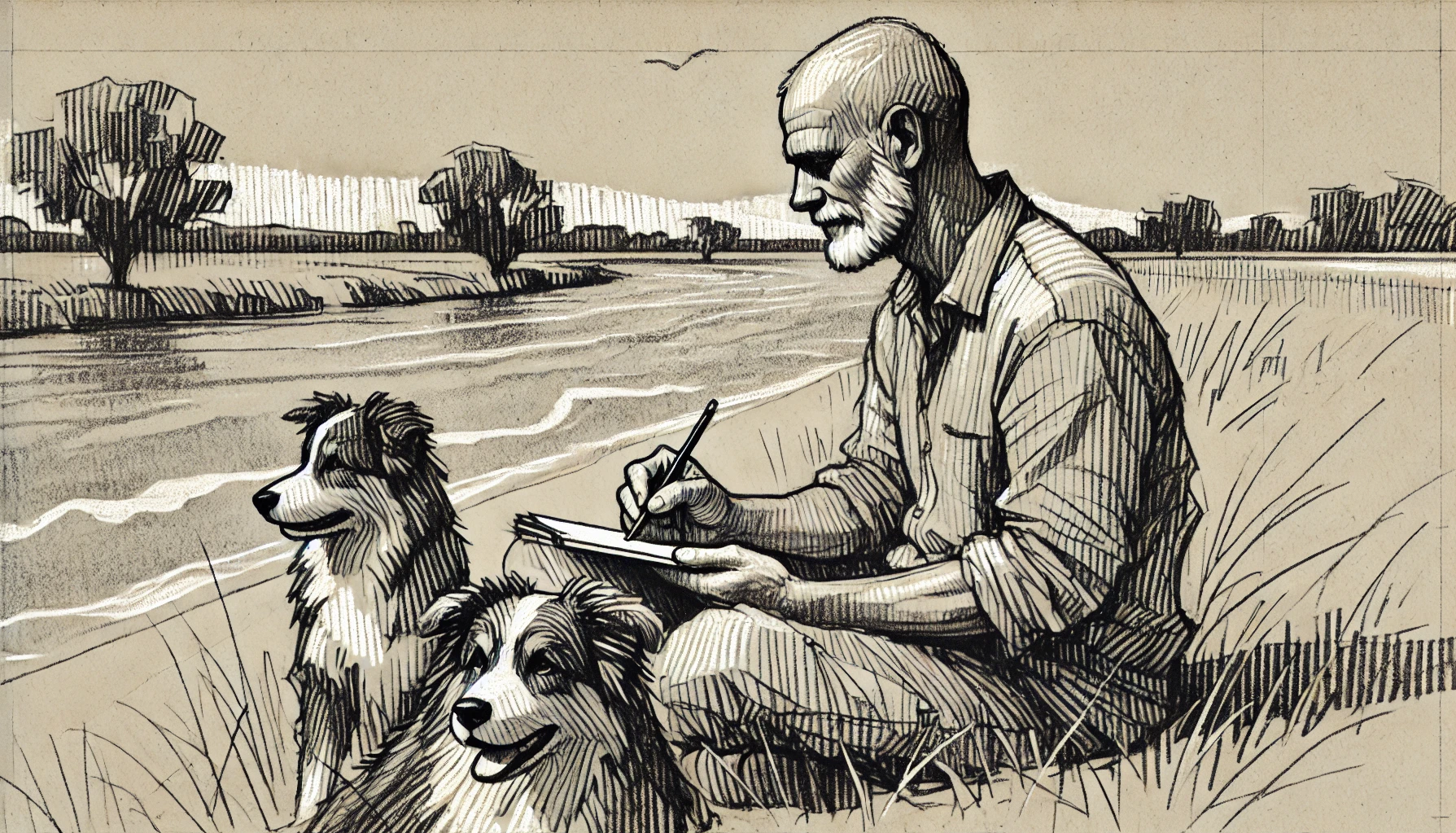Redefining productivity—not in terms of GDP growth but in terms of human and ecological well-being

A “slow economy” could be a good thing, one modeled after the slow food movement. Instead of relentless growth and efficiency, we’d prioritize sustainability, resilience, and well-being. A slow economy could mean local production, longer product life cycles, and a shift from consumption to repair, reuse, and quality craftsmanship.
Just like slow food emphasizes seasonal, local, and organic ingredients over mass-produced convenience, a slow economy might encourage local businesses, cooperative models, and a decoupling from the breakneck pace of global markets. It could also mean redefining productivity—not in terms of GDP growth but in terms of human and ecological well-being.
A slow economy could mean reduced carbon emissions and a healthier climate. Less emphasis on rapid production and global trade could lead to fewer fossil-fueled supply chains, less resource extraction, and a shift toward local, sustainable industries. If we moved away from disposable goods and embraced durability, repair, and sharing economies, we could significantly cut waste and energy consumption. A deliberate slowdown might even give ecosystems a chance to regenerate, aligning economic activity with planetary limits rather than pushing them beyond breaking points.
Of course, slowing down an economy isn’t without risks. Many systems—pensions, social services, and employment—depend on steady economic activity. But maybe the goal isn’t stopping growth entirely, just rethinking what kind of growth we actually need.
What do you think slowing the economy down would look like in practice?







